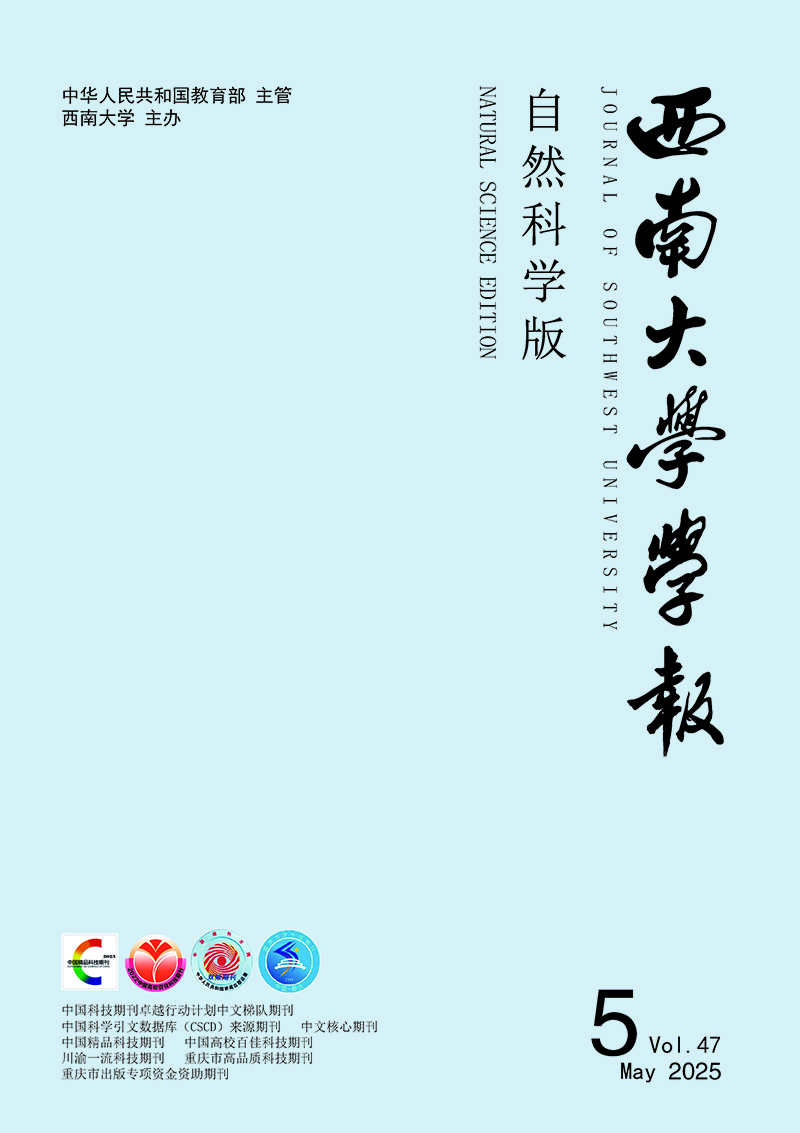-
产妇的机体受妊娠及分娩等多方面因素的影响,呈现出不同程度的变化,而相关结构参数的变化相对突出,较为严重的盆底结构及肌力变化可表现为产后盆底脏器脱垂的情况,严重影响产妇的产后生存质量及生理、心理恢复,因此临床对于产后盆底脏器脱垂患者的重视程度极高[1-2],与之相关的诊治研究众多,其中盆底肌肉锻炼、生物反馈及电刺激治疗的研究均可见[3-5],但是将上述治疗方式联合应用对患者综合应用效果的研究不足. 本研究在盆底肌肉锻炼的基础上,用生物反馈-电刺激治疗对产后盆底脏器脱垂患者盆底结构参数及盆底肌力的影响进行深入探究.
HTML
-
选取2018年6月-2020年2月期间,重庆市妇幼保健院的86例产后盆底脏器脱垂患者为研究对象,将其随机分为对照组(盆底肌肉锻炼组)和观察组(盆底肌肉锻炼联合生物反馈-电刺激治疗组),每组各43例. 对照组的年龄为21~43岁,平均年龄为(29.3±5.7)岁,其中初产妇25例,经产妇18例;分娩方式:阴道分娩者35例,剖宫产者8例. 观察组的年龄为20~43岁,平均年龄为(29.5±6.0)岁,其中初产妇26例,经产妇17例;分娩方式:阴道分娩者36例,剖宫产者7例. 两组患者的上述样本资料比较,差异无统计学意义(p>0.05),具有可比性.
-
纳入标准:20岁及以上者;符合盆底脏器脱垂标准,盆腔器官脱垂定量(POP-Q)分级Ⅰ级及以上者;对研究知情同意及积极配合者.
排除标准:其他生殖系统及盆底疾病者;感染者;慢性基础疾病者;泌尿系统疾病者;精神、认知及沟通障碍者.
-
对照组进行盆底肌肉锻炼,快速最大程度地收缩肛提肌,然后放松或者收缩肛提肌并维持3 s以上,然后再放松,从每天10次开始,根据情况适当增加锻炼次数. 观察组进行盆底肌肉锻炼联合生物反馈-电刺激治疗,盆底肌锻炼方式与对照组相同,在此基础上进行生物反馈-电刺激治疗,患者仰卧位,采用盆底生物刺激仪治疗,频率为4~85 MHz,电流从0 mA开始逐步增加至无痛但有刺激感为宜,每次治疗时间为15~30 min,每周治疗2次. 两组均治疗8周.
-
统计及比较两组治疗前后的POP-Q分级、盆底结构参数及盆底肌力. ① POP-Q分级:该分级是有效评估盆底脏器脱垂情况的标准,范围为0~Ⅳ级,0级为无脱垂,Ⅰ级为脱垂最远端在处女膜平面上>1 cm;Ⅱ级为脱垂最远端在处女膜平面上<1 cm;Ⅲ级为脱垂最远端超过处女膜平面>1 cm,但<阴道总长度-2 cm;Ⅳ级为下生殖道呈全长外翻,脱垂最远端即宫颈或阴道残端脱垂超过阴道总长度-2 cm[6]. ②盆底结构参数:患者于膀胱截石位下接受检查,采用经阴彩色多普勒超声进行检查,检查指标为尿道旋转角(UR)、膀胱颈距耻骨联合的移动度(BND)及尿道倾斜角(UI),由经验丰富者严格按照标准进行操作检测. ③盆底肌力:检测指标包括盆底Ⅰ类及Ⅱ类纤维肌力,每个方面的肌力评估范围为0~Ⅴ级,根据肌肉收缩程度及持续时间进行评估,其中0级为无反应,随着肌力增加则分级升高,其中Ⅳ~Ⅴ级为正常,0~Ⅲ级为异常[7].
-
本文中的所有数据采用软件SPSS23.0进行统计学分析,计数样本进行χ2检验,计量样本进行t检验,Z值表示平均值差异性检验,p<0.05表示差异具有统计学意义.
1.1. 样本
1.2. 纳入标准及排除标准
1.3. 方法
1.4. 观察指标及评价标准
1.5. 统计学检验
-
治疗前两组的POP-Q分级比较,差异无统计学意义(p>0.05). 治疗后4周及8周观察组的POP-Q分级均显著优于对照组,差异具有统计学意义(p<0.05),如表 1所示.
-
治疗前两组的盆底结构参数比较,差异无统计学意义(p>0.05). 治疗后4周及8周观察组持续改善,盆底结构参数均显著优于对照组,差异具有统计学意义(p<0.05),如表 2所示.
-
治疗前两组的盆底Ⅰ类及Ⅱ类纤维肌力比较,差异无统计学意义(p>0.05). 治疗后4周及8周观察组均持续改善,观察组盆底Ⅰ类及Ⅱ类纤维肌力异常率均显著低于对照组,差异具有统计学意义(p<0.05),如表 3、表 4所示.
2.1. 两组治疗前后的POP-Q分级比较
2.2. 两组治疗前后的盆底结构参数比较
2.3. 两组治疗前后的盆底肌力比较
-
产后盆底脏器脱垂是产后常见的一类不良情况,严重影响到产妇的产后康复及生存质量. 临床中与产后盆底脏器脱垂相关的研究显示,若患者存在明显的脏器脱垂情况,盆底结构参数相对异常[8-9],可表现为UR,BND及UI等指标异常,所以对此类患者进行干预的过程中,盆底结构参数的改善程度是干预效果的重要评估指标. 另外,此类患者的肌力状态改善是重要基础,而盆底Ⅰ类及Ⅱ类纤维肌力亦是重点评估指标[10-12],此类肌力的提高有助于盆底脏器脱垂的改善与效果维持.
临床中用于产后盆底脏器脱垂的干预方式较多,其中盆底肌肉锻炼、生物反馈及电刺激治疗的研究均多见,效果较好. 这些方法采用不同手段对盆底功能状态进行评估与改善[13-15],分别应用各自的优势,盆底肌肉锻炼较为便捷,而生物反馈及电刺激治疗则更具有针对性[16-17]. 联合应用的效果仍有待深入探究,尤其是对盆底结构参数的改善与维持作用有待深入观察与分析,以便更为全面地了解盆底肌肉锻炼、生物反馈及电刺激治疗对此类患者的全面改善作用.
本文就盆底肌肉锻炼联合生物反馈-电刺激治疗对产后盆底脏器脱垂患者盆底结构参数及盆底肌力的影响进行探究,结果显示盆底肌肉锻炼联合生物反馈-电刺激治疗患者,治疗后的POP-Q分级、盆底结构参数及盆底肌力改善均更为显著,且在治疗后4周及8周的状态呈现出持续改善的趋势,并显著优于仅仅进行盆底肌肉锻炼者,说明盆底肌肉锻炼联合生物反馈-电刺激治疗的综合应用优势较为突出. 分析原因在于,盆底肌肉锻炼可在一定程度上刺激盆底肌肉,达到改善肌力的作用[18-20],而加用生物反馈及电刺激治疗则更为直观地刺激盆底局部肌肉,通过科学评估盆底状态及局部电刺激的方式来达到针对性改善盆底功能的作用,使神经肌肉的改善更为协调,综合状态更好,且持续改善及维持作用[21-22],因此优势相对更为突出. 盆底肌肉锻炼联合生物反馈-电刺激治疗可显著改善产后盆底脏器脱垂患者的盆底结构参数及盆底肌力,故在此类患者中的应用价值较高.






 DownLoad:
DownLoad: